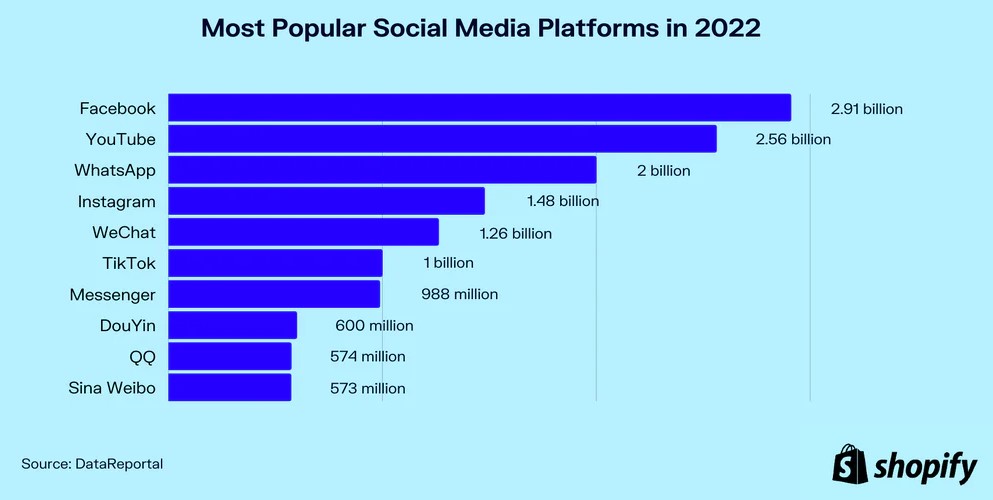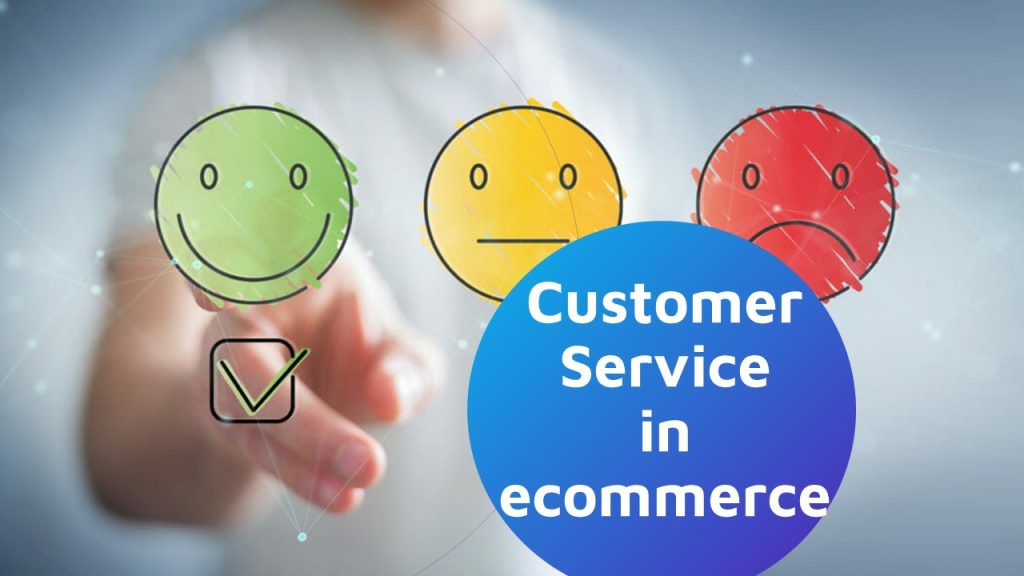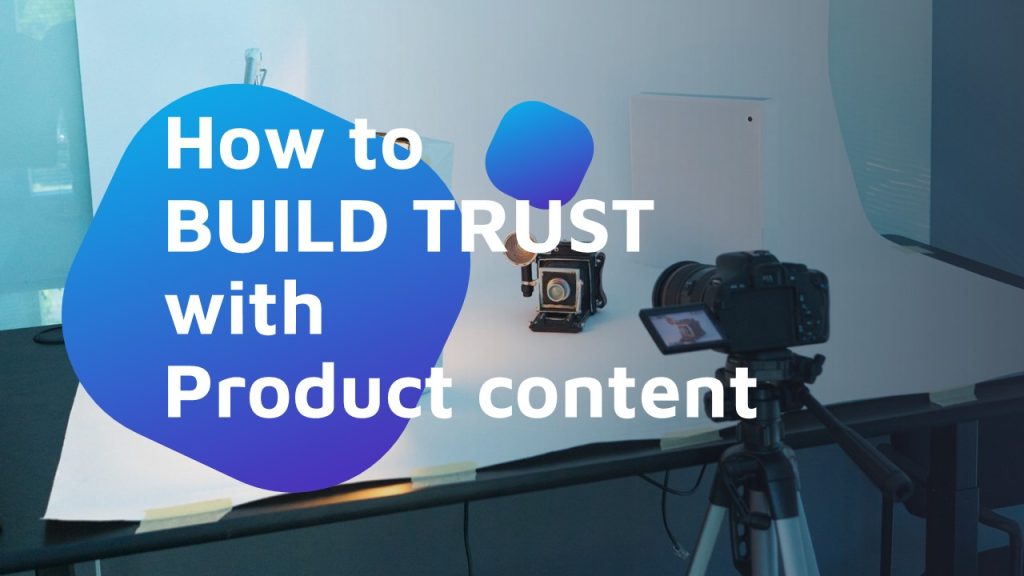The use of Social Media in ecommerce is not only growing worldwide, but it is also evolving to more immediate and interactive patterns. The whole landscape can change quickly as consumer behavior sets trends and companies adapt to them.
After all, this is about making little but continuous adjustments to SMM campaigns to better adapt brand and product content to the consumers’ demand and the requirements of Social Media platforms.For all these reasons, at Content2Sell we’re set to explain the best practices to effectively use Social Media in ecommerce.
Why is Social Media so important in ecommerce?
Social Media have emerged like volatile communities where people find others with similar interests, spend time consuming and sharing content, and get the targeted ads and promotions brands use to be a part of their ecosystem.
Owning an online store is about delivering value and remaining the same regardless of the channel used. A weighty reason to start applying Omnichannel strategies. In a world where most people carry a pocket-size computer and use it daily to explore, discover and communicate with others, being on Social Media is not an option anymore.
The Top 3 Social Media platforms in ecommerce

Despite the voices saying the Facebook days are long gone, that’s not entirely true. Furthermore, Facebook is nowhere near to the brink of disappearance. Over 3 billion monthly active users should be enough to prove that. You may have probably noticed some changes over the past few years. Specifically in the information your feed displays: more ads and targeted content at the expense of your friends’ posts.
As the biggest and oldest Social Media platform, Facebook has led the online presence of many brands and, especially, has helped creating a strong connection between brands and consumers. For example:
- Use Meta’s ecosystem (Instagram Direct, WhatsApp, and Messenger) for seamless communication with your followers across all platforms.
- Sing up and create your Facebook Business account to benefit from surgically targeted ads powered by the data gathered over more than a decade. Integrations will not stop in the short term, as proven by the latest ones, with WooCommerce and BigCommerce.
- Consider using the Facebook Marketplace to search for products, see their demand and how users can buy them directly from the app. For the moment, paying directly from the app is only available in the United States, and further implementation abroad seems to be subject to data privacy regulations.

Instagram counts, today, more than 2 billion monthly active users avid for colorful videos and images. Not too long ago it was said that it would be the most widely used Social Media platform, although today it remains on the 4th position after Facebook, Youtube and WhatsApp.
Nevertheless, it is still more used than Twitter, Pinterest, Snapchat and even TikTok – let’s see for how long. A younger demography that is mostly native digital (18-34) and who is well aware of the benefits of online shopping. Today, the use of Social Media in ecommerce can rarely ignore the potential of Instagram.
- Create best-seller products catalog on Instagram Shopping. That makes product discovery and exploration seamless and allows shopping products directly without leaving the app.
- Make a reduced version of your logo, and a short but nice brand description in your bio to drag your visitors to your online store.
- Interact constantly with your followers to grow your community and your sales.
- Publish Stories and Reels, they are highly appreciated and give a very close approach to your brand’s personality.
TikTok
The video social network par excellence is taking giant steps to become the reference in social commerce, given the success of short videos and livestreaming, and the global rise of DTC economy.
For example, branded challenges have helped the rise of brand awareness and opened the way for the type of content younger generations prefer: video.
The launch of TikTok for business proves the direction TikTok is aiming for, and it’s just a matter of time for it to spread globally. And if all this weren’t enough:
- Create simple and authentic content that reflects the human side of your brand. It takes little to no production and is very cost-effective.
- Benefit from collaborating with influencers and TikTokers who already have a community of followers. That will open new audiences for your brand.
- It enhances direct communication between brands and communities.
- Use TikTok Live to present, explain and sell your products on live events.
Do’s and Don’ts
Do’s
All online stores have one objective: selling. And to sell, they must deliver value, make sure their products match their buyers’ expectations, and stimulate interactions.
The best way to use Social Media in ecommerce is being authentic, good storytelling, and eye-catching content that is easy and worth sharing.
In this vein, focus on:
Engagement
- Publish relevant branded content to trigger reactions and conversation around it.
- Like and comment your community’s publications
- Find cool sources to share interesting pieces of content with your community
- Reply to your audience’s questions and concerns in a timely manner.
Active listening
- Understand your audience and their pain points
- Take recommendations seriously, and consider future iterations to respond to them
- Make your community know you take their concerns seriously. As important as your promotional content is keeping your followers posted on your future actions, promotions, and implementations.
PRO TIP
Use the preferred content in every platform to let your brand speak for itself.
Use 3D renders and video animations for new versions of your product, specifically in visual apps like Instagram and TikTok.
Create long-term relationships
- Long-term contact means better understanding of your potential buyers
- Provide exclusive content and useful information
- Find nice content providers to get more attention, shares and, ultimately, authority
- Like, share and comment on a daily basis
Keep your existing customers
Acquisition cost is one of the most important metrics in ecommerce. In fact, some studies say new customers cost about five times more than existing ones. And that has a strong impact on trust, net sales, and the Average Lifetime of customers, which are not to be overlooked.
With that in mind:
- Try to make your followers follow you on different platforms
- Reward their loyalty with discounts and / or referral perks
- Add links to your Social Media pages in as many deliverables as you can: emails, manuals, packaging,…
Don’ts
- Never leave your accounts unattended. Keeping track of all your Social Media profiles and pages is an absolute must, especially because they all allow enabling / disabling specific notifications. Leaving a Social Media account unattended has serious implications: from lost sales or leaving a potential buyer stranded with a question, to the loss of reputation and followers.
- Do not promise what you can’t deliver. Speaking of reputation, it takes a year to build and a minute to destroy. Because happy users tell, but unhappy users shout and make sure of being heard. And that word spreads easily. Avoid at all costs false or misleading information about your product, brand, or promotions. Instead, be clear and accurate. Keep your brand’s voice and tone, and don’t be afraid to test your campaigns before launching them.
You will find a very good example by the end of this post.
- Never copy your competitors. If you happened to spy on your competition, probably your audience did first. Remember algorithms target ads and content to people with specific interests. Getting caught is not only embarrassing; it also discredits, leads to legal actions, or public roasts like this one:
- Don’t pay for comments, likes or followers. Natural growth is often related to a specific action or campaign, and they are very easy to spot both by people and algorithms just by looking at their volume, date, or location.
A practical example
Grubhub is a food delivery company based in Chicago, founded in 2004 to create an alternative to paper menus. A promising growth of 12 years full of funding and numerous mergers and acquisitions across the USA, the pandemic seemed to consolidate its position on a par with Glovo, Yelp or JustEat.
In fact, JustEat would acquire Grubhub in June 2021 for USD 7.3 billion. This would allow the Dutch giant to have an American base and become the largest online food delivery portal outside of China.
Last month, Grubhub launched a one-day free lunch promotion in New York that what supposed to double the orders. The offer consisted in granting the first USD 15 of any order made between 11AM and 2PM. Literally, that would make all orders under USD 15 free.


The result was a bit off all predictions: the platform went down twice; many restaurants claimed not knowing about this promotion and had no operating capacity. With about 6500 orders per minute (!), tickets piled up in kitchens while insufficient and overwhelmed riders took all the weight on their backs, and customers starved for hours.
All in all, it was a full-on disaster that still lingers. As we write these lines, JustEat’s stock has dropped over 19% and there’s some uncertainty about what to do with Grubhub to minimize a significant loss of trust and value.
Lesson: by underestimating the power of Social Media and promising what they were unable to guarantee, Grubhub has costed its owners and stakeholders a fortune, and driven many restaurants to a fierce struggle for survival.



